Kiev, the capital and largest city of Ukraine, has a rich history of urban development that spans over 1,400 years. Here is a brief overview of the key historical periods in the urban development of Kiev:
- Foundation and Early History (5th-9th centuries):
- According to historical accounts, Kiev was founded in the late 5th century by the East Slavic tribes.
- The city’s early development was influenced by trade routes along the Dnieper River, connecting the Byzantine Empire to the Baltic Sea and the Volga River.
- Kievan Rus’ Era (9th-13th centuries):
- Kiev became the capital of the powerful Kievan Rus’ state in the 9th century under the leadership of Prince Oleg.
- During this period, numerous churches and monasteries were constructed, including the famous St. Sophia Cathedral and the Kiev Pechersk Lavra.
- Kiev’s location along the trade routes contributed to its prosperity and growth.
- Mongol Invasion and Decline (13th-17th centuries):
- In the 13th century, the Mongols invaded and destroyed much of Kiev, leading to a decline in its importance as a political and economic center.
- The city remained under Mongol control for several centuries, and its population and significance diminished.
- Cossack and Imperial Rule (17th-19th centuries):
- In the 17th century, Kiev became a part of the Cossack Hetmanate and later fell under Russian Imperial rule.
- During this period, some reconstruction and expansion occurred, with the construction of churches and administrative buildings.
- Soviet Period (20th century):
- The 20th century brought significant changes to Kiev’s urban landscape, especially during the Soviet era.
- The city underwent industrialization and modernization, with the construction of large housing complexes and industrial facilities.
- Notable examples of Soviet architecture, such as the Motherland Monument and the Kiev TV Tower, were built during this time.
- Post-Soviet Independence (1991-present):
- With the dissolution of the Soviet Union in 1991, Kiev became the capital of independent Ukraine.
- The city experienced a period of economic and political transition, with ongoing efforts to modernize infrastructure and promote urban development.
- Post-Soviet Kiev has seen the construction of new commercial and residential buildings, shopping centers, and the revitalization of historical areas.
Throughout its history, Kiev has been shaped by a combination of geopolitical influences, economic activities, and cultural developments. The city’s architectural landscape reflects its diverse history, with a mix of ancient churches, Soviet-era structures, and contemporary buildings contributing to its unique character.

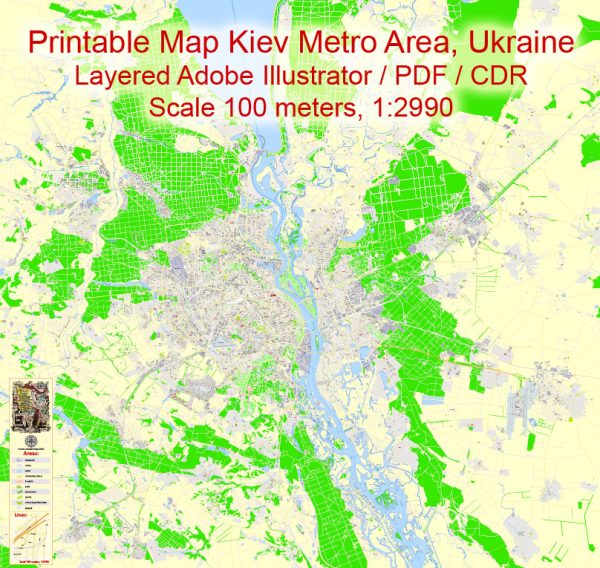
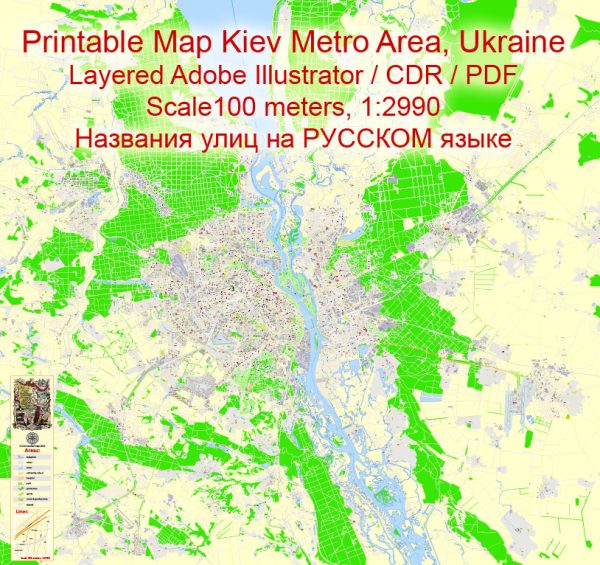
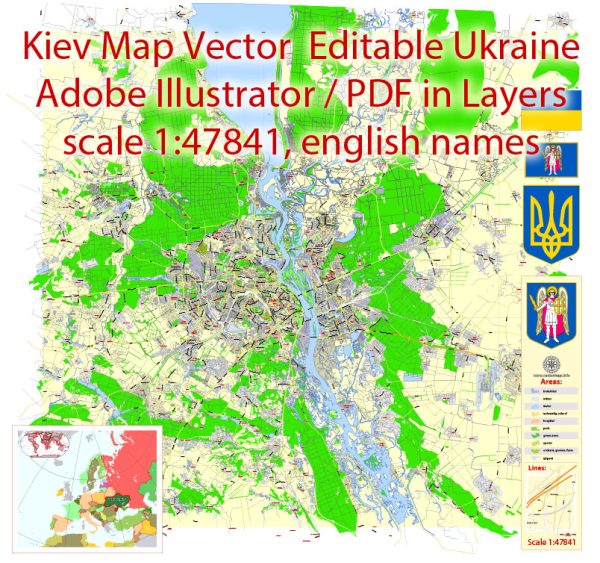
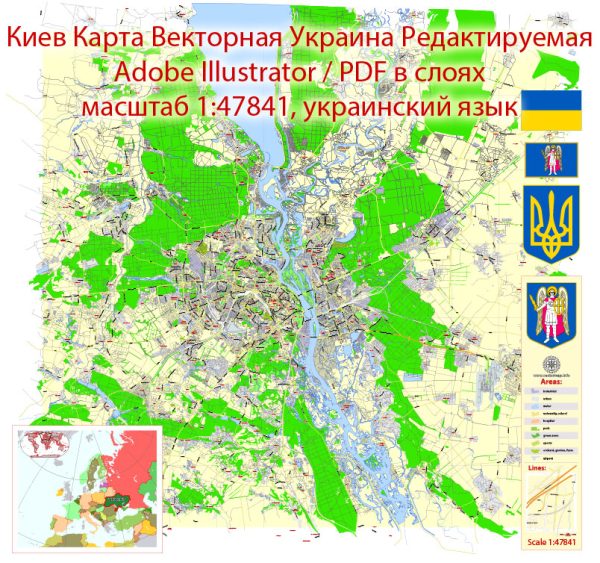
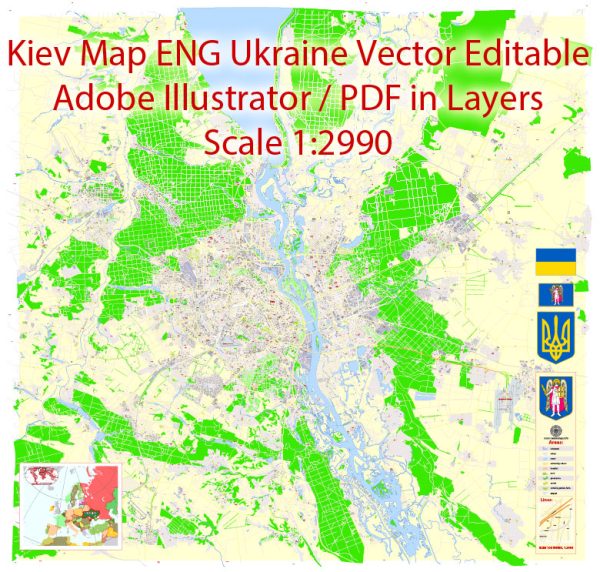
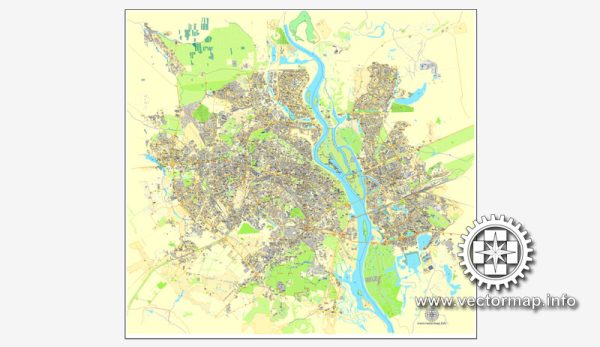
 Author: Kirill Shrayber, Ph.D.
Author: Kirill Shrayber, Ph.D.